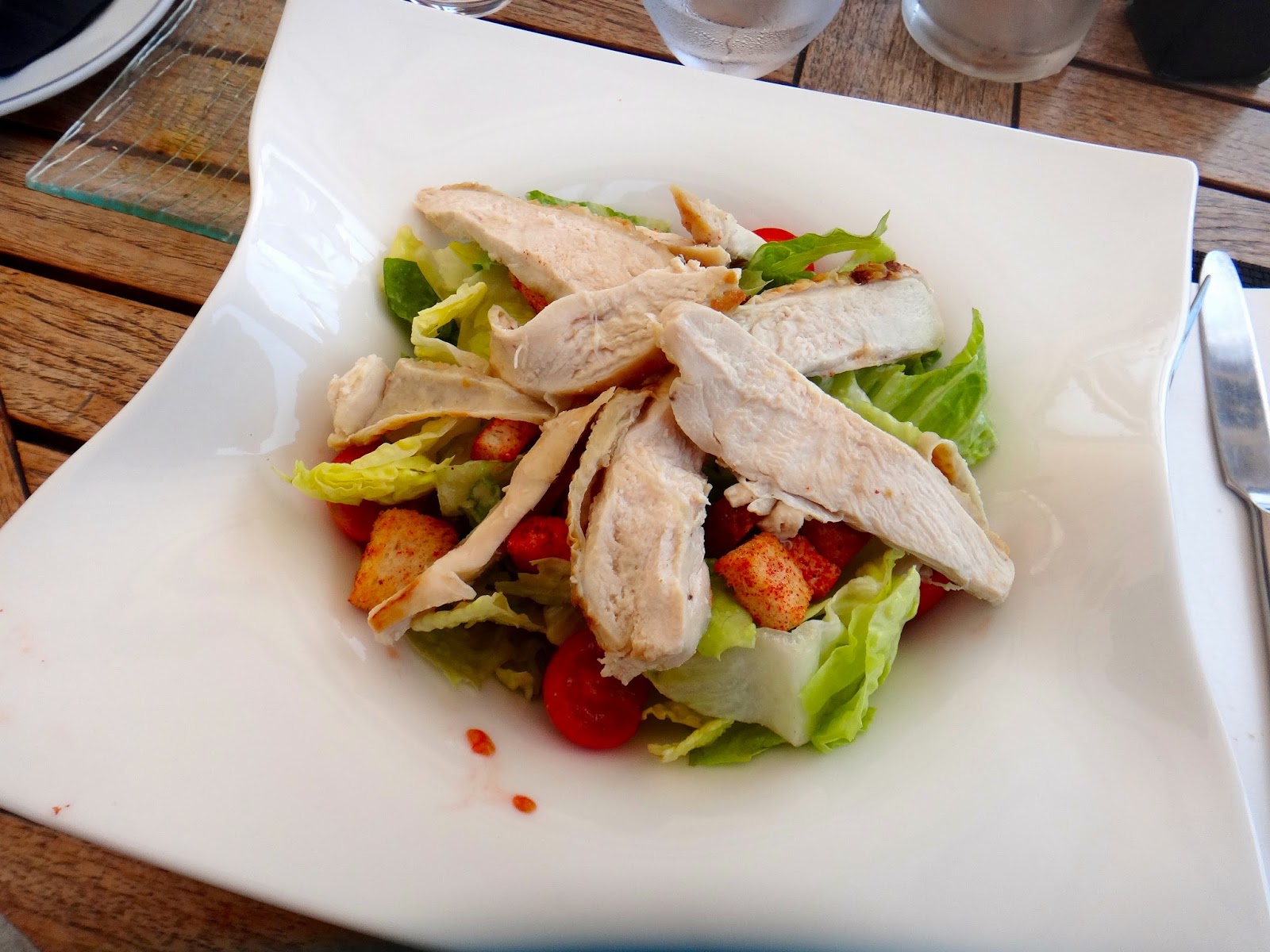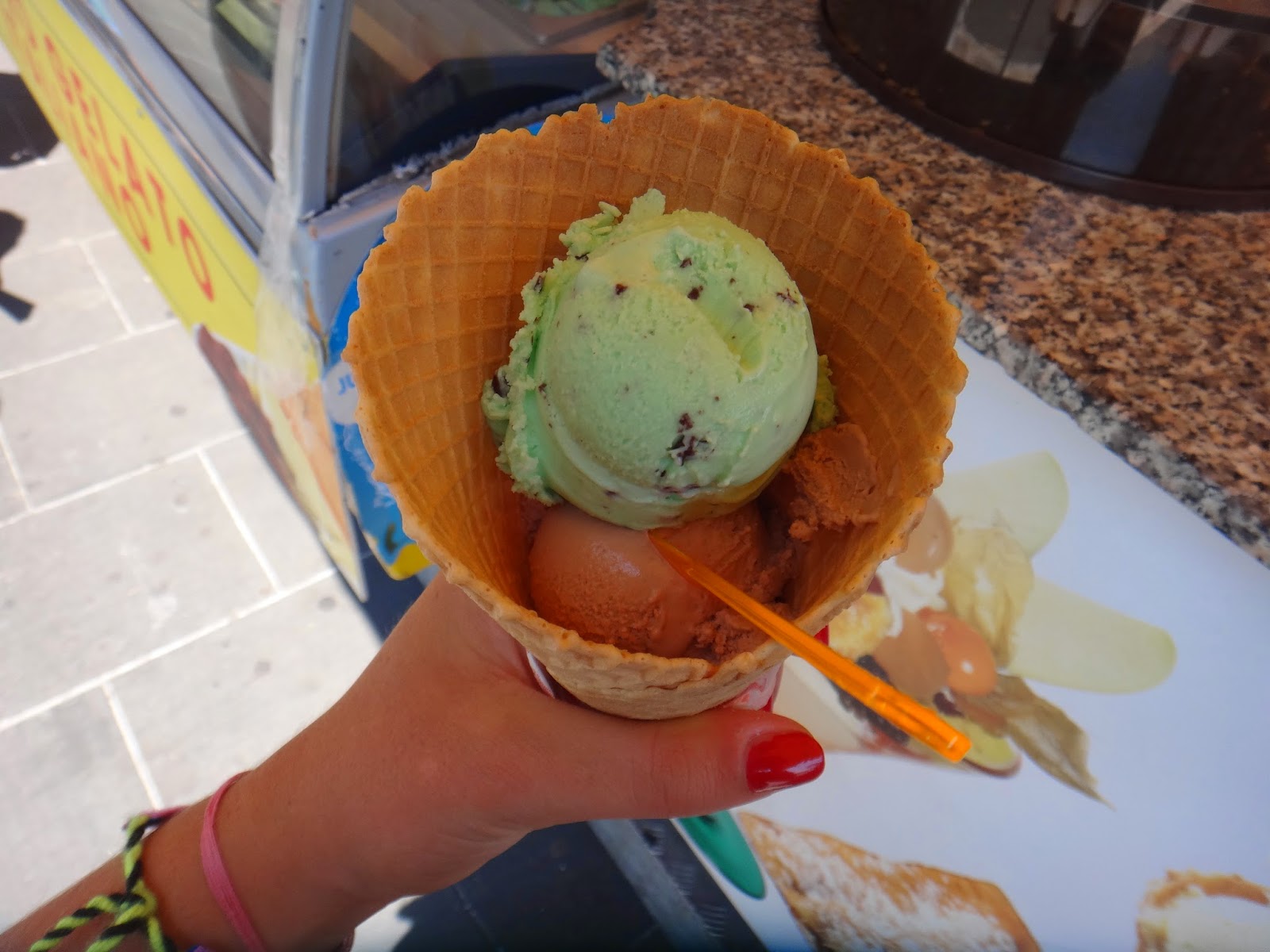Nashville, Tennessee, most notably home to country music, is a famed destination for aspiring musicians and rowdy crowds alike. As Jason Aldean would say, “it’s a crazy town full of neon dreams.” One could visit Music City to gain knowledge about the history of country music just as easily as one could visit to lose all knowledge after hitting every honky tonk on Lower Broadway. Whatever your reasoning behind your visit to NashVegas may be, it is a must see.
Itinerary
Starting with a few days in Charlotte, North Carolina on the front end of our trip, we opted to drive through the Great Smoky Mountains to Nashville, renting a car from Hertz. We stayed at the Omni Nashville, right in the heart of downtown, for two nights. The first day we walked over to the Music Row area, around Vanderbilt University, The Gulch, and Lower Broadway. On our second day we visited the Country Music Hall of Fame, stopped by the studio of Sirius XM’s The Highway, and enjoyed an evening at the Grand Ole Opry House. On our final day, we took a walk along the Cumberland River, did some shopping on Lower Broadway, and enjoyed a traditional Southern breakfast, before returning home via American Airlines.
Day 1: Country Roads and City Streets
Our first day started before the crack of dawn. We picked up a rental car at the Charlotte Douglas International Airport and headed West toward Tennessee. We watched the sunrise from our rearview mirror as we meandered our way into South Carolina. We reached Asheville, NC, home to the Biltmore Estate, at a normal breakfast hour, so we decided to stop and eat a real Southern breakfast. Bicuit Head, with one location in Asheville and one near Biltmore, serves up, you guessed it, biscuits. From sandwiches to fried chicken to gravy, there are so many options, complete with a giant condiment bar full of different homemade jams and butters. One thing we quickly learned about the South: we were about to save a ton of money on food-it was so filling we really only had to eat once or twice a day! We decided to give the “Classic,” an egg and cheese sandwich with a side of bacon, and a biscuit with sausage gravy, a shot, and savored every last bite of something we definitely can’t get in the “eat clean” world also known as California. With our stomachs stuffed, we finished the journey through the beautiful Great Smoky Mountains to Nashville.
The beauty we experienced on our drive didn't stop when we reached the city, our room at the Omni had a panoramic view of all of Nashville. To the left was Vanderbilt and the houses of every famous record label. Straight out of our windows were Bridgestone Arena, the Country Music Hall of Fame, the Ryman Auditorium, and Lower Broadway, and to our right was the Cumberland River and all the bridges that span it. Seeing the picturesque skyline sparkling in the late summer sun convinced us to get outside, and so we made our way for Midtown.
The Omni is on 5th Avenue, within walking distance from every major sight in the city. Being the Country Music fans we are, our first stop was Music Circle, 16th and 17th Avenues, where every major act in the business has recorded. Outside every major record label are huge banners: “Congratulations on the #1!” Though we didn’t recognize anyone, we kept our eyes peeled for a hopeful sight of our favorite musicians wandering the row.
Just a few more blocks away is Vanderbilt University. The brick buildings, large lawns with winding paths, and domed roofs look nothing like the campuses we know out in California, but we were surely charmed by the Southern style architecture. Our dorms definitely don’t come with balconies and porches!
After Vanderbilt, we made our way back in the direction of Downtown, by way of The Gulch, a modern shopping and dining area on 11th and 12th Avenues. We appreciated the air conditioning in all the local boutiques, though we were far too hot and sweaty to dare try anything on (it must have been funny for the locals to see a couple Californians trying to brave the humidity).
At this point it was the late afternoon; we hadn’t eaten since our biscuit feast, and after several miles of walking in the heat, we were starving. On that particular night, the Tennesse Titans and Vanderbilt both had home football games, so the entire city was out. We had an early dinner at Broadway Brewhouse & Mojo Grill on Lower Broadway, beating most of the rowdy football crowd. We again took advantage of Southern favorites, ordering brisket sandwiches with sides of slaw and french fries. After dinner, we headed across the street to Savannah’s Candy Kitchen, sampled their specialty, pralines, and bought ourselves a sweet treat. Just as we were turning away from the row of honky tonks, a thunderstorm rolled in, so we decided to call it a day.
Day 2: Country’s Roots and Cowboy Boots
As the sun rose again over Music City, we woke up, refreshed and ready to learn all about the roots of our favorite genre of music. The Omni is conveniently connected to the Country Music Hall of Fame. We bought basic tickets to the museum, good for the entire day, and started our tour, passing through the Taylor Swift Center for Education, the brand new Alan Jackson exhibit, and the rest of the museum full of history and memorabilia donated by the artists themselves. We were lost in the displays, and before we knew it, our stomachs were grumbling and several hours had passed, so we headed back to the Omni for lunch.
The Omni has several restaurants, but it was the biscuit bar at Kitchen Notes that lured us in. We also learned that the restaurant serves only the best farm fresh food, picked personally by the chefs. We were offered three different kinds of biscuits and four different kinds of house made jams before we even ordered. We started our meal with fried green tomatoes, a Southern favorite that we Californians had never tried. Surprisingly, we still had room in our stomachs for our main courses, a pimento grilled cheese sandwich and chicken pot pie. Even we were surprised we hadn’t suffered a heart attack yet!
After lunch, full as we were, we walked two blocks to the opposite end of Bridgestone Arena, home to the studios of The Highway, Sirius XM’s main country station. On Friday afternoons, the station hosts “Music Row Happy Hour,” where anyone can sign up to sit in the “hot seat” and be on national radio. When in Nashville, we got our fifteen minutes of fame.
Our second day in Nashville was full of both history and the radio, and we continued that theme into the evening. The Grand Ole Opry, Country Music’s Oldest Radio Show, still playing shows on Tuesday, Friday, and Saturday nights from the Grand Ole Opry House just outside of town, was our next stop. We were still plenty full from lunch, but the House shares a parking lot with the Opry Mills Mall and the Gaylord Opryland Resort, so there are plenty of options for dinner in and around the Opry. The show is one of those once in a lifetime, bucket list experiences that every visitor to and resident of Nashville must have. To sit in the famed building, listening to one of Country’s oldest traditions is like nothing we have ever done before, it can’t be missed, and it was a great way to spend our final evening in Music City.
Day 3: Laughing All the Way to the Riverbank
Our last day in Nashville fell on the first day of college football in America, and the entire city was again out to celebrate. Instead of joining in with the rowdy fans, we made our way to the quiet Cumberland River. We walked past the Ryman Auditorium, down to the riverfront, and over the bridges to get a full view of the Nashville skyline.
Before we knew it we had walked several miles, and decided to head back to the Omni for breakfast. We found ourselves back at Kitchen Notes, eager to once again eat their biscuits. On Saturdays and Sundays, the restaurant serves a full Southern buffet breakfast, with enough food to make us not want to eat for another week. Literally everything was on the buffet: a variety of biscuits, jam, gravy, fresh fruit, oatmeal, pancakes, pastries, eggs, bacon, sausage, country ham, and cooked to order omelets and waffles. It didn’t stop there, along with the extensive buffet was a full a la carte menu. What a way to celebrate our final meal in Nashville!
To walk off breakfast, we made our way back to Broadway. Not only is the street home to honky tonk heaven, there are also plenty of shopping venues. Forget your cowboy boots at home? Stores like Boot Country boast buy one pair, get two free promotions. Anything you need, from an outfit to wear to dance along to the live music all over the city, to a souvenir for your friends back home, it can be found on Broadway. With our shopping bags and stomachs still full, we made our way to the airport, saying goodbye to yet another city that managed to steal our hearts in a short 48 hours, promising to return.
Tips
- Stay at a hotel downtown if you plan on visiting the historic sites around town or hitting up the honky tonks on Broadway. Not only is it convenient, but it will save you a long walk through the humidity or sudden rain.
- Rent a car or find some sort of transportation if you plan on visiting the Grand Ole Opry house, it is about 15 miles outside of town
- Arrive early if you are seeing a show at the Grand Ole Opry House, it shares a parking lot with the massive Opry Mills Mall
- Calories don’t count in the South. Seriously, if you aren’t from this region, this is your chance to have every biscuit and piece of fried deliciousness before you return home
- Keep your eyes and ears open for all sorts of live music, it is literally everywhere in this city
- If you visit in the summer, pack light clothes, especially if you're not used to the humidity!



















































































